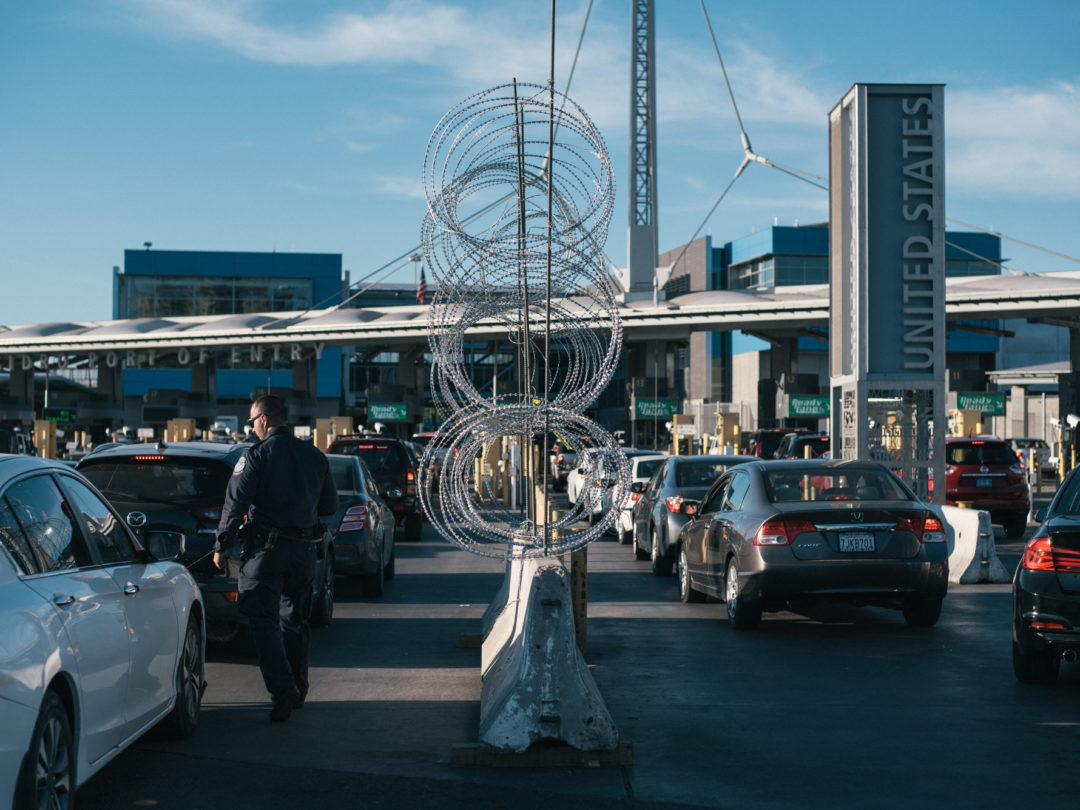
While there are similar regulations and overlapping requirements governing both Mexico and U.S. customs import processes, there are drastic differences that savvy shippers should be aware of. Only by knowing what differences exist between the two countries can you to successfully navigate importing and exporting in either country.
What to Expect When Importing Into the U.S.
Who can become a U.S. customs broker? A citizen over the age of 21 can apply to become a U.S. customs broker. The process requires submitting an application to U.S. Customs and Border Protection (CBP), passing an exam, and undergoing a background check. The examination covers the Harmonized Tariff Schedule of the United States (HTSUS), Title 19, Code of Federal Regulations, specified customs directives, and Customs and Trade Automated Interface Requirements (CATAIR) document details.
Once licensed, many U.S. customs brokers quickly specialize in certain types of goods, from textiles and fabrics to food and perishables. Traditionally, licensed customs brokers have been located near U.S. points of entry (airports and harbors), but the automated broker interface (ABI) allows brokers to submit remote filings at any point of entry, removing the need for their presence in specific geographic locations.
Shared responsibility for U.S. Customs compliance. The U.S. Department of Homeland Security governs all U.S. customs activity. Accordingly, every U.S. customs broker must demonstrate due diligence for any data elements being declared on U.S. entries. Both the U.S. importer of record (IOR) and U.S. customs broker share responsibility for compliance. Any inaccuracies or errors on filings can leave both the importer and the customs broker liable for penalties.
IOR requirements. In the U.S., importers are not required to have a presence in the country to import goods. They need only to establish themselves, often with the help of a U.S. customs broker, as a foreign importer of record.
CBP requires every IOR, both domestic and foreign, to maintain a customs bond. The amount of the bond is generally 10% of the duties and taxes an IOR expects to pay CBP for the year. The minimum amount of a continuous bond, which is most common, is $50,000. However, if you’re importing only a handful of times per year, you can utilize a single transaction bond.
What to Expect When Importing Into Mexico
Who can become a customs broker in Mexico? Historically, Mexico customs brokers passed down their licenses (patente) to their descendants through hereditary conferment. This tradition is beginning to change, but a small association of brokers remains responsible for all of Mexico’s imports and exports.
There are an estimated 800 active licensed brokers in Mexico. Unlike U.S. customs brokers who can file at any point of origin, customs brokers in Mexico can only submit filings at four principal ports. In addition, most of Mexico’s customs brokers specialize in particular commodities. Importers who have multiple ports of entry or several commodity types might rely on multiple customs brokers to clear on their behalf.
Primary responsibility for Mexico customs compliance. Mexico’s tax authority governs all import activity into Mexico. Only licensed customs brokers in Mexico can clear products through customs. U.S. customs brokers cannot enter goods into Mexico.
Mexican customs brokers are liable for the accuracy of most data elements declared on entries into Mexico. Therefore, the broker assumes most liability for errors and omissions. This places a large responsibility on Mexico’s customs brokers, because although they are private citizens, they have a fiduciary responsibility to collect the correct amount of tax from imported goods. Most notable is the flat value added tax of 16%.
IOR requirements. Mexico does not recognize foreign importers. Companies outside of Mexico cannot hire a customs broker in the country, and cannot pay taxes on their shipment. Only registered Mexican companies can participate in international trade for import into Mexico.
By allowing only persons or businesses in Mexico to register as an IOR, Mexico customs authorities are assured of someone local to be held accountable for noncompliance issues. Such issues can include anything from proper labeling to control of hazardous materials.
Choosing the Right Customs Broker in Either Country
There are many tactics you can use to find the right customs broker in both countries. They include:
- Demand straight answers. Choose the broker who provides straight answers—even if it’s not what you want to hear.
- Find someone to anticipate and advise. It’s just as important to find a broker who will advise you on ways to avoid risks before you’ve become noncompliant.
- Watch out for dubious promises. Stay away from companies that make unrealistic promises. Your customs broker’s first responsibility should be to help you manage compliance and mitigate risks.
- Expect lots of questions. Customs brokers should always be asking questions. It’s a good sign that they’re looking at your business just as closely as a government audit might in the future.
- Never be willing to sacrifice quality. Your customs broker should always demand perfection in your filings, and have the tools and services to back up your business.
Customs brokerage isn’t a commodity, but rather an integral service that needs people, two-way communication, and a bit of imagination. Working with a global customs broker and trade-compliance expert that has depth of practice and is educated about your company and business will help you develop the creative and cost-saving solutions your business needs. Remember to wisely select a customs broker that you trust, and can customs strategy to the next level.
Luca Winters is general manager of transportation at C.H. Robinson.







